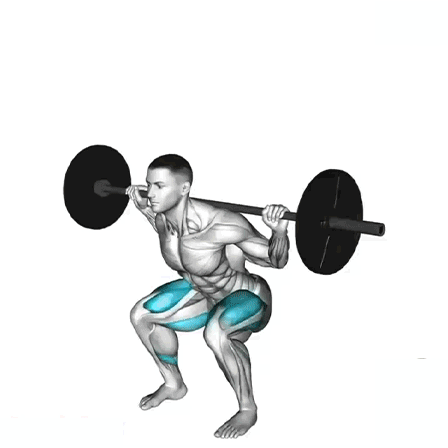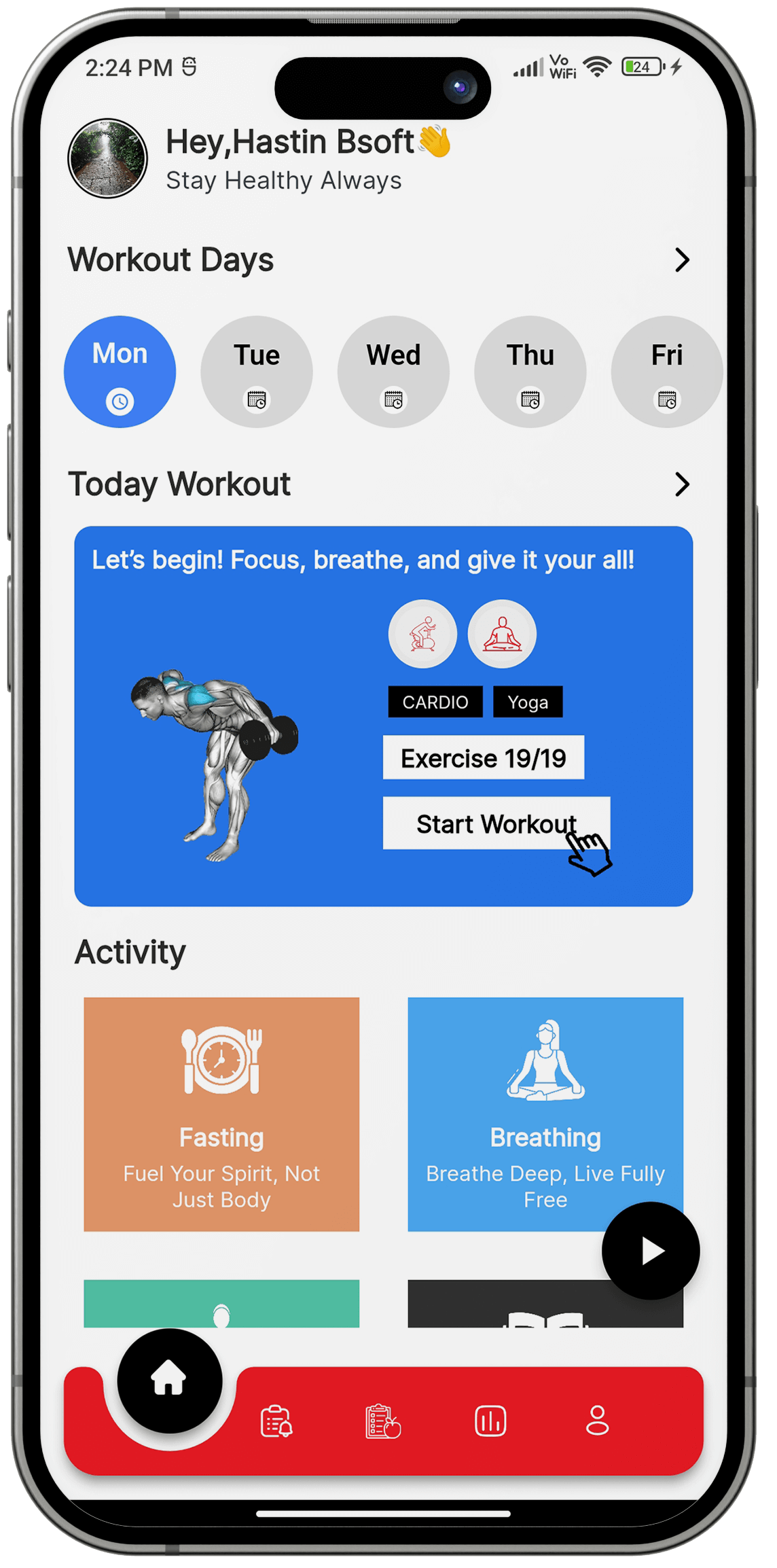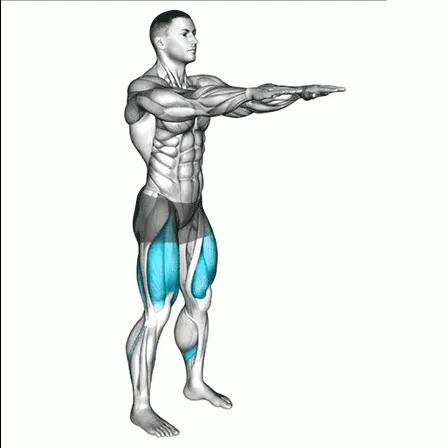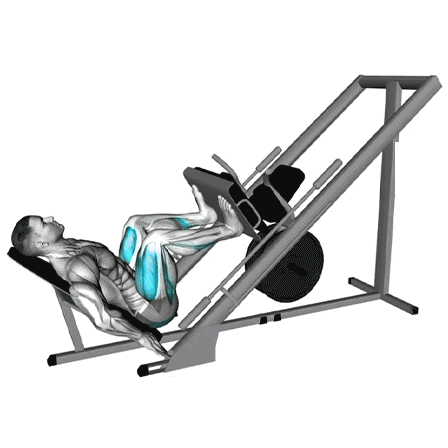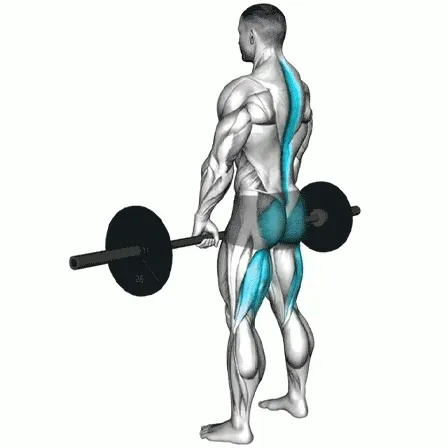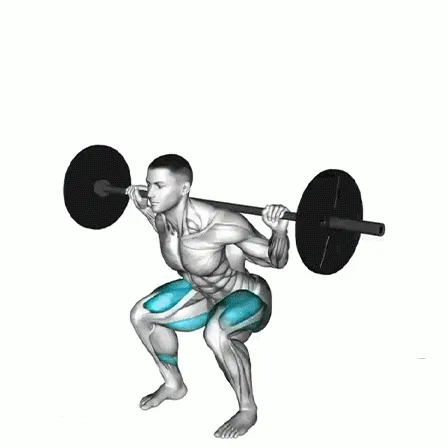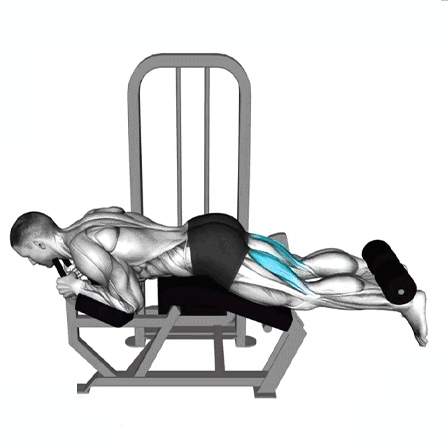Barbell Back Squat: A Complete Guide
The barbell back squat is one of the most fundamental and effective exercises for building lower-body strength, power, and muscle mass. Often called the "king of all lifts," it engages multiple muscle groups, including the quads, hamstrings, glutes, and core. When performed with proper form, the barbell back squat not only develops strength but also improves posture, athletic performance, and overall functional fitness.
Step-by-Step Instructions for the Barbell Back Squat
1. Setup
-
Adjust the barbell on a squat rack so it sits just below shoulder height.
-
Load the bar with the desired weight.
2. Positioning
-
Stand under the bar with feet about shoulder-width apart.
-
Rest the bar on the muscles at the top of your back, not directly on your neck.
-
Use padding if necessary for comfort.
3. Grip and Stability
-
Grip the bar with a wide hand position for stability.
-
Bend your knees slightly and straighten your back in preparation.
4. Lifting Off
-
Keep your back straight and eyes forward.
-
Push up through your legs to lift the bar off the rack.
-
Take a small step back and stabilize yourself.
5. The Descent
-
Keep your chest up and shoulders back.
-
Push your hips back and bend your knees to lower yourself into the squat.
-
Maintain flat feet, with heels grounded and toes slightly turned out.
-
Descend until your thighs are at least parallel to the ground.
6. The Ascent
-
Drive upward through your heels.
-
Engage your glutes and core as you straighten your legs.
-
Do not lock out your knees at the top.
-
Repeat for the desired number of repetitions.
Common Mistakes to Avoid
-
Rounding the Lower Back: Maintain a straight back with chest up and core engaged.
-
Pushing from the Balls of the Feet: Always push through your heels to avoid joint strain.
-
Leaning Forward: Control the timing of the movement to keep hips and shoulders aligned.
-
Knees Moving Too Far Forward: Hips should drop straight down, not shift forward over the toes.
-
Not Squatting Deep Enough: Aim for at least parallel depth for full muscle activation.
-
Knees Caving In or Out: Keep knees tracking in line with your toes to protect joints.
-
Looking Down: Always look forward to prevent rounding your spine.
Benefits of the Barbell Back Squat
-
Builds strength in the quads, hamstrings, and glutes.
-
Engages the core for stability and balance.
-
Improves athletic performance and functional strength.
-
Enhances mobility and posture when performed with correct form.
-
Supports overall muscle growth through compound movement.
The barbell back squat is a cornerstone of strength training and should be a staple in any workout routine. By focusing on proper setup, form, and avoiding common mistakes, you can maximize muscle activation while minimizing the risk of injury. Consistency and good technique will help you build strength, power, and endurance, making the barbell back squat a must for long-term progress.
